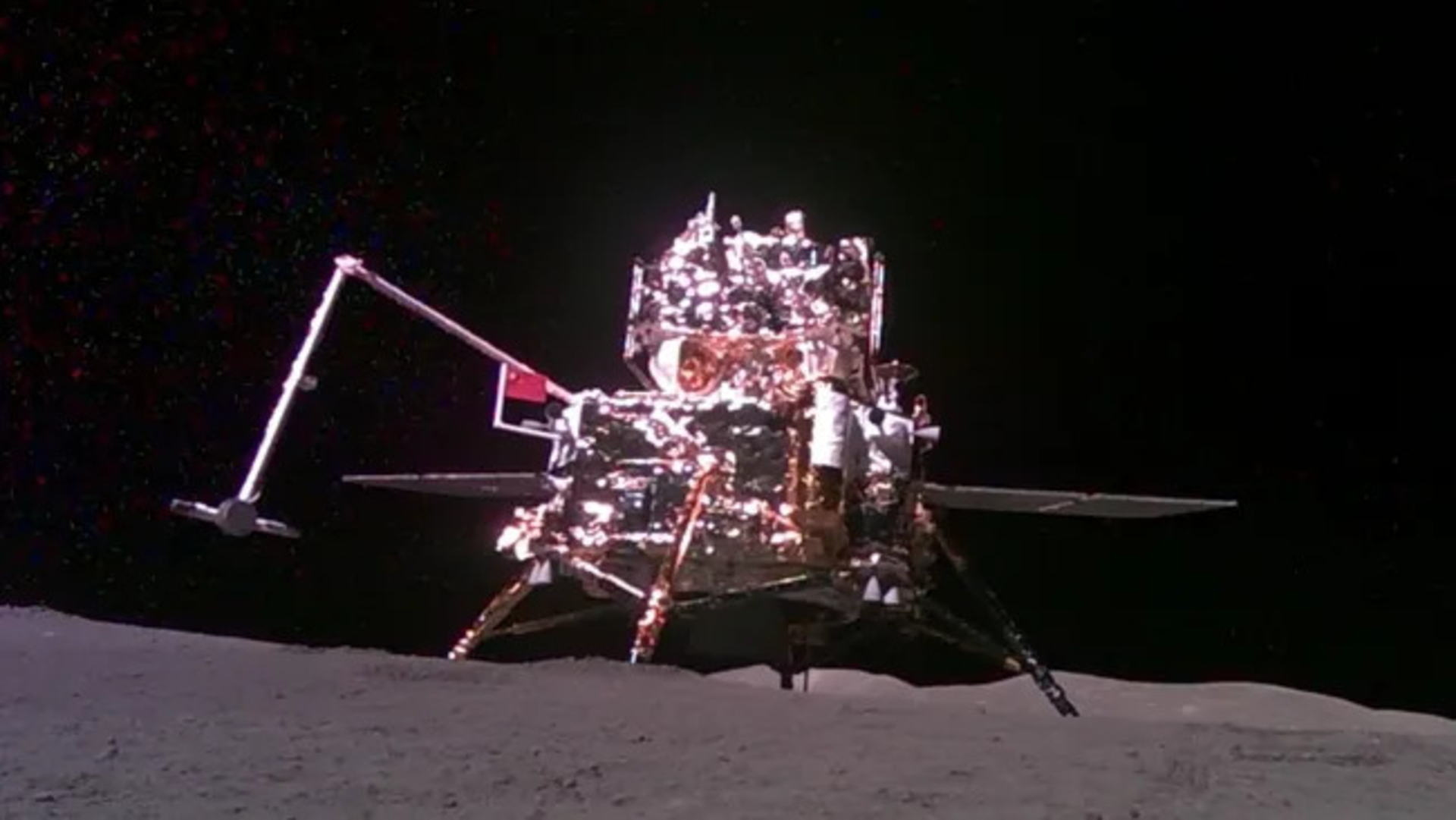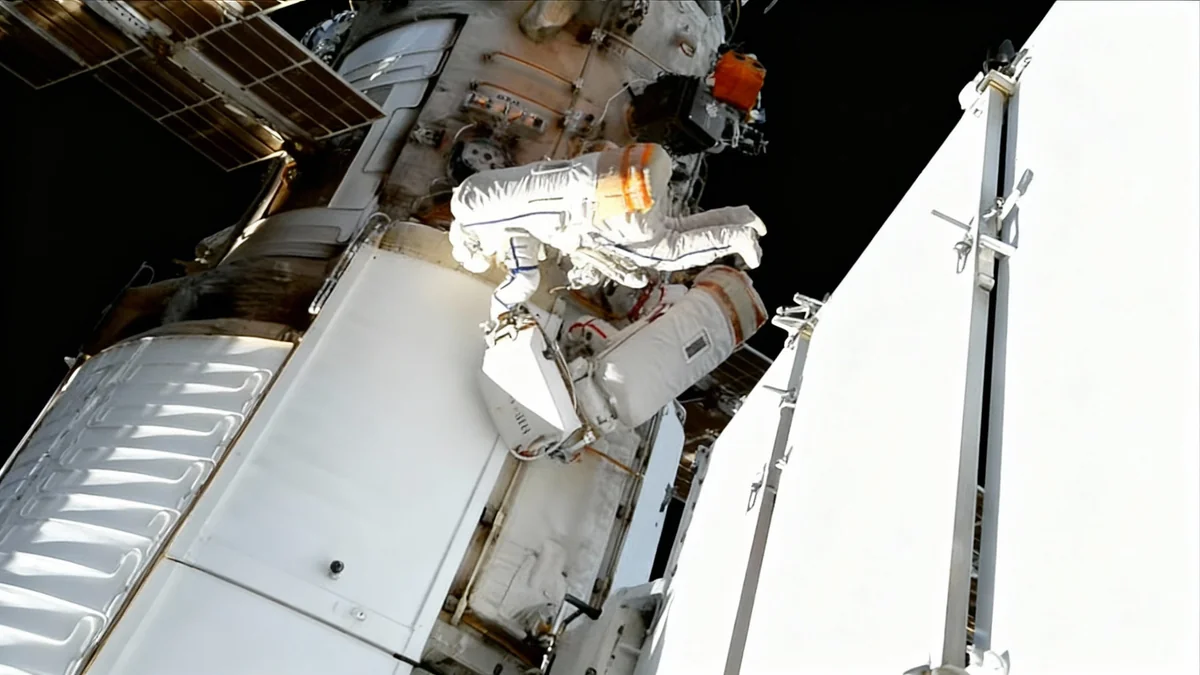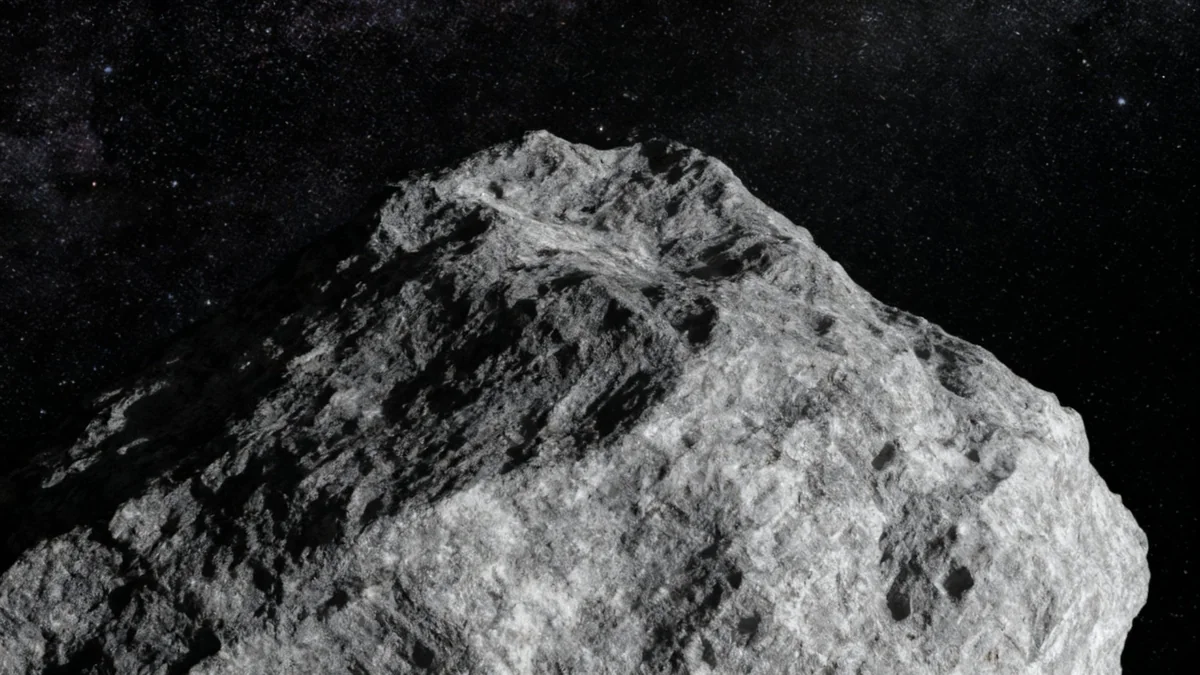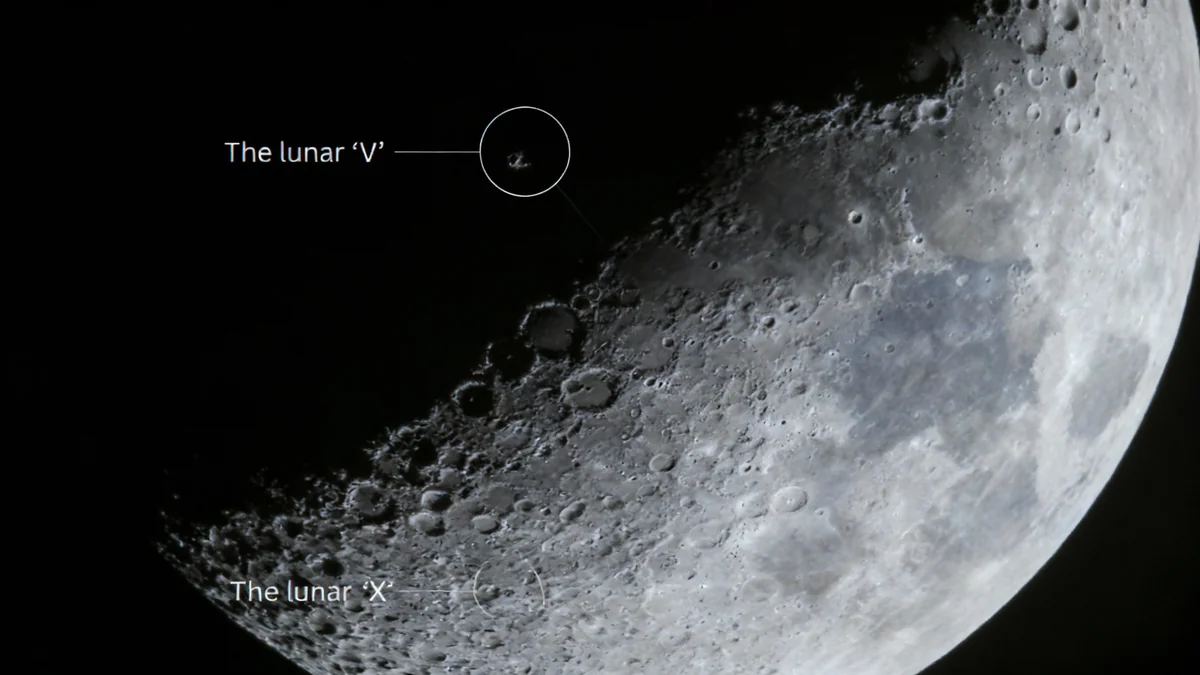Scientists analyzing the first-ever samples returned from the far side of the moon have discovered fragments of a rare, water-rich meteorite. The material, collected by China's Chang'e 6 mission, provides compelling new evidence in the long-standing quest to understand how Earth and the moon received their water.
The discovery suggests that asteroids carrying essential volatile compounds were more common in the early Earth-moon system than previously believed, potentially solving a key piece of the puzzle about the origins of life-sustaining water in our inner solar system.
Key Takeaways
- Fragments of rare CI chondrite meteorites were found in the 1,935.3 grams of lunar soil returned by the Chang'e 6 mission.
- These meteorites are rich in water and carbon but are extremely rare on Earth because they quickly break down in our atmosphere.
- The moon's dry, airless environment perfectly preserved these fragile fragments, offering a unique window into the past.
- This finding supports the theory that similar asteroid impacts delivered water to both the Earth and the moon billions of years ago.
A Historic Find in Uncharted Territory
In a landmark achievement for space exploration, China's Chang'e 6 probe successfully landed in the South Pole-Aitken Basin on the lunar far side in June 2024. This region, a massive and ancient impact crater, has long been a target for scientists due to its potential to hold clues about the moon's history and the early solar system.
The mission returned with 1,935.3 grams (about 68.3 ounces) of lunar regolith, or surface soil. It is within this precious cargo that a team of researchers from the Guangzhou Institute of Geochemistry of the Chinese Academy of Sciences made their groundbreaking discovery.
The South Pole-Aitken Basin
The South Pole-Aitken Basin is one of the largest known impact craters in the solar system, spanning approximately 2,500 kilometers (1,600 miles) in diameter. Its immense depth may have exposed materials from the moon's mantle, providing a unique geological record unavailable on the near side.
Analysis of the samples revealed unusual fragments containing olivine. Further testing using mass spectrometry showed that these fragments had levels of iron, manganese, and zinc inconsistent with native lunar rock. The final confirmation came from oxygen isotope measurements, which positively identified the material as belonging to a specific class of meteorite.
Identifying the Cosmic Visitors
The meteorite fragments have been classified as CI (carbonaceous-Ivuna) chondrites. These are among the rarest types of space rocks found on Earth, accounting for less than 1% of all meteorite collections. Their rarity is not due to a lack of presence in space, but rather their extreme fragility.
CI chondrites are fine-grained, highly porous, and rich in volatiles like water and carbon dioxide. When they enter Earth's oxygen- and water-rich atmosphere, they break apart and degrade very quickly. The most famous example is the Ivuna meteorite, which fell in Tanzania in 1938.
The moon, with its lack of atmosphere and liquid water, acts as a natural preservation chamber. Fragile materials like CI chondrites, which would be destroyed on Earth, can remain intact on the lunar surface for billions of years after impact.
"Based on the limited exogenous materials identified on the moon, CI chondrites seem to be more common there than on Earth," said Mang Lin, a professor of isotope chemistry at the Guangzhou Institute of Geochemistry. He cautioned, however, that the current dataset is small and more research is needed to confirm this trend.
The Link to Earth's Oceans
The presence of these water-bearing fragments on the moon has profound implications for understanding our own planet's history. For decades, scientists have debated the primary source of Earth's water. One leading theory is that it was delivered by asteroids and comets during a period of heavy bombardment early in the solar system's formation.
Finding CI chondrite material on the moon strengthens this hypothesis significantly. It suggests that the Earth-moon system was struck by these types of volatile-rich bodies more frequently than the terrestrial meteorite record indicates.
"CI chondrites are certainly an important [water] carrier to consider because of their high volatile content. That said, there were probably multiple sources of water for both Earth and the moon, and we'll need more data in the future to really quantify how much each source contributed."
— Mang Lin, Guangzhou Institute of Geochemistry
The discovery implies that a substantial amount of water and other essential organic compounds could have been delivered to the inner solar system by these ancient impacts, seeding the early Earth with the building blocks for life.
A Broader Cosmic Context
The findings from Chang'e 6 align with recent discoveries from other deep-space missions. Japan's Hayabusa2 mission to asteroid Ryugu and NASA's OSIRIS-REx mission to asteroid Bennu both studied bodies that showed strong similarities to carbonaceous chondrites.
These missions confirmed that such asteroids, which formed in the cold outer reaches of the solar system, are rich in water and organic materials. The Chang'e 6 discovery now provides direct evidence that these same types of bodies impacted the moon, and by extension, the Earth.
The research, led by Jintuan Wang and Zhiming Chen, was published on October 20 in the peer-reviewed journal Proceedings of the National Academy of Sciences. It marks a pivotal moment in planetary science, transforming our understanding of how the inner planets, including our own, became habitable worlds.





